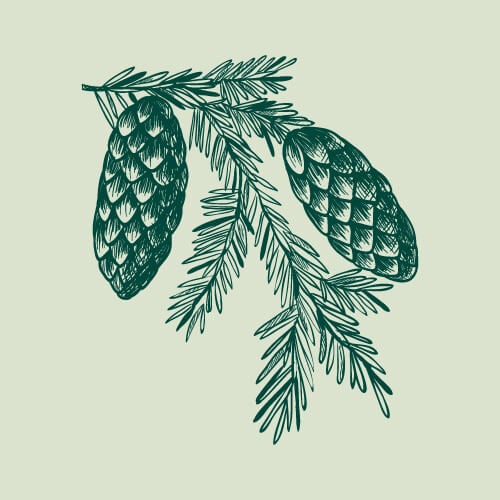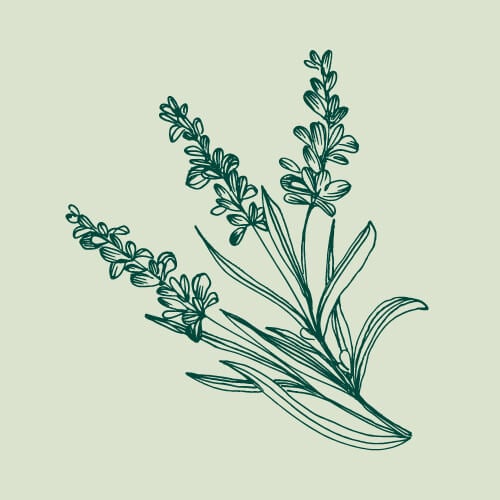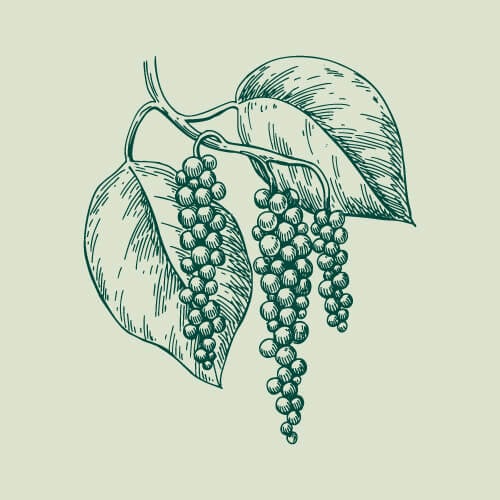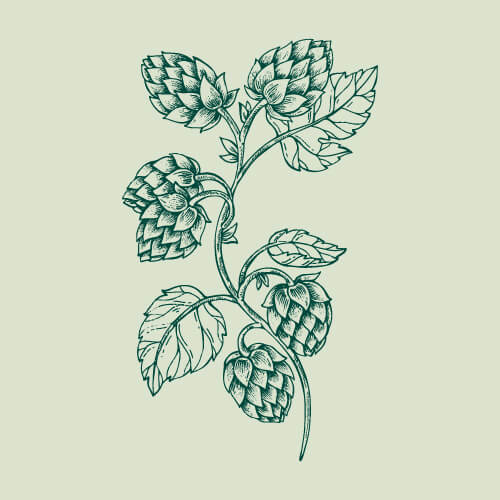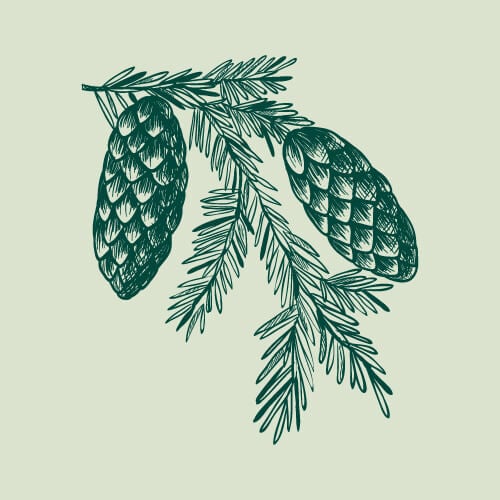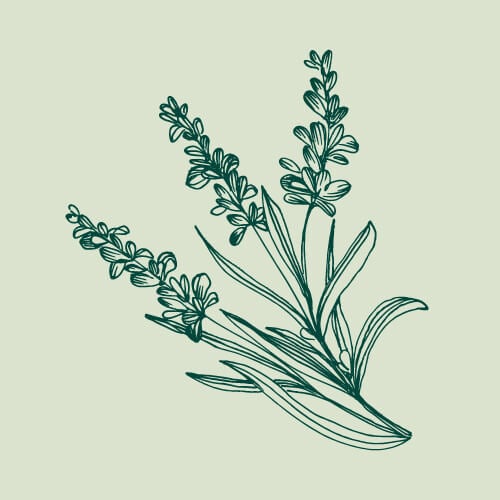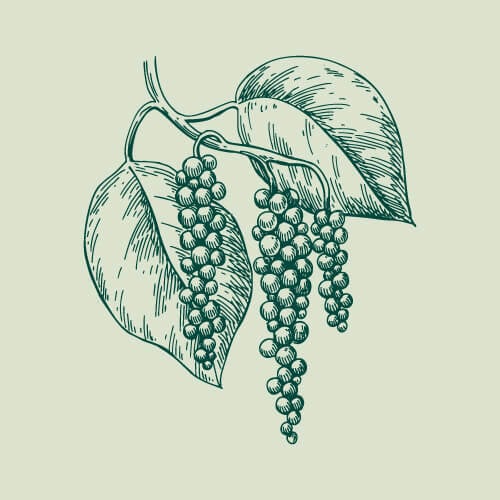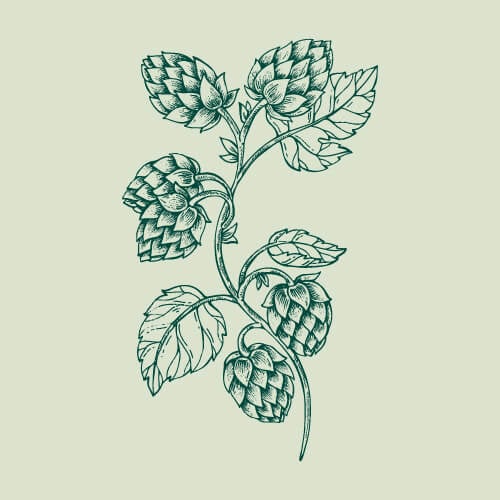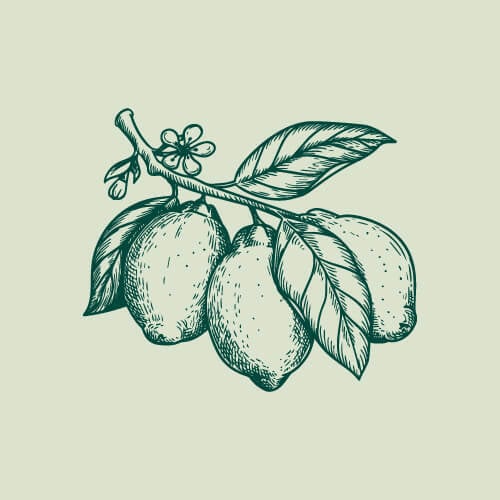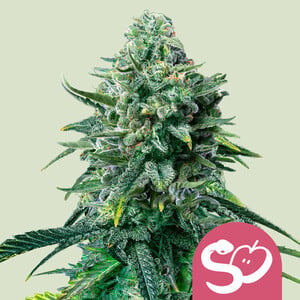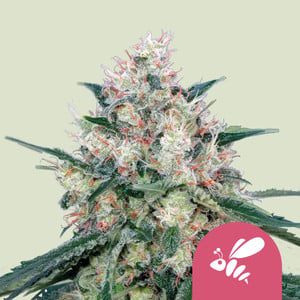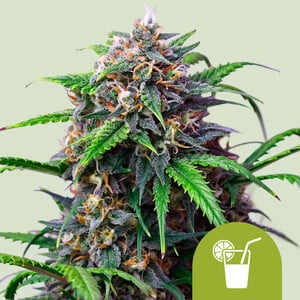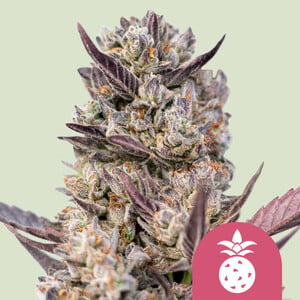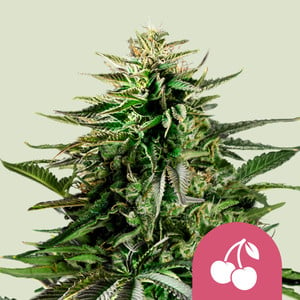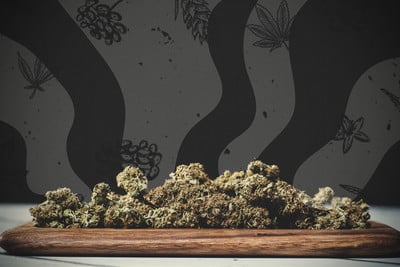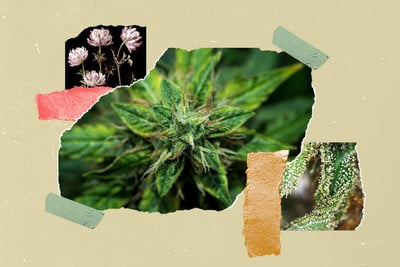.

Top 7 Best Fruity Strain
An introduction into what causes cannabis to taste or smell a certain way with a more in-depth look at how some cannabis strains taste and smell like fruit and a top list of 7 fruit-flavored cannabis strains.
Contents:
Cannabis plants feature a wide selection of aromas and flavors, ranging in both quality and quantity. Each cannabis strain has its distinct palette of tastes and smells. Those unique and defining characteristics are accomplished through careful and knowledgeable breeding. Getting the desired aromas in such a manner is very time-consuming.
On the other hand, there are quick ways of artificially flavoring cannabis both pre- and post-harvest. The process of artificial flavoring is manageable by most growers but is unlikely to satisfy true cannabis connoisseurs and purists. Also, all the potential benefits that naturally occurring smell molecules may have, are thought not to be present in artificially flavored cannabis.

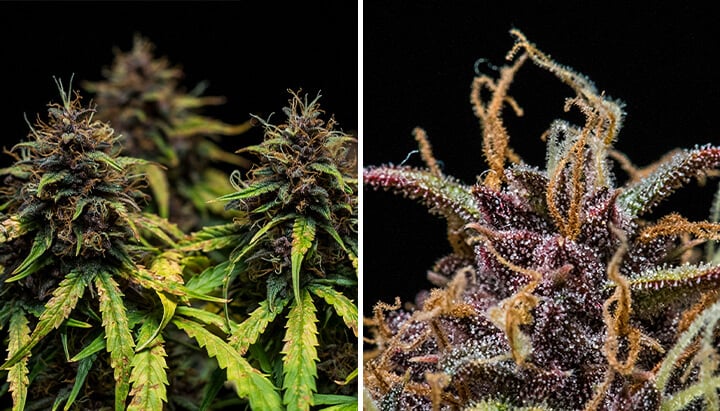
Terpenes and Terpenoids
Terpenes are found all throughout nature. These aromatic molecules are responsible for the delightful aromas of flowers, trees, and fruits. They also underpin the signature scent of weed. Every time you enter your grow room or garden, you have terpenes to thank for the mind-blowing smells.
Every cannabis strain produces its own unique terpene profile. Both genetic and environmental factors play a role in the quantity and type of terpenes that each plant churns out. Varying terpene profiles explain why some strains offer sweet and sugary tastes, while others are much more fuel-like and earthy.
Aside from supplying delicious and unique tastes, terpenes also heavily influence the cannabis high. THC underpins the main psychotropic effect of the herb, but different terpenes modulate the experience through the entourage effect[1]. Terpenes such as myrcene synergise with THC to create a relaxing physical effect, whereas limonene works alongside cannabinoids to create more of a stimulating outcome.
During the drying and curing process, volatile terpenes become oxidised and break down into terpenoids that impart their own unique effects. Correct preparation post-harvest will create an optimal terpenoid content with an overall improved taste and smoothness.
Fruit Scent in Cannabis
Many cannabis strains send flavors of fruit rolling across the tongue. Not surprisingly, cannabis produces several terpenes also found in popular fruits. Terpenes such as limonene and valencene are found in fruit peels, underpinning the citrusy tastes that many strains carry. Other dominant fruity terpenes include myrcene and pinene. Overall, fruity strains feature a balance of citrus, earthiness, bitterness, and sweetness.
In contrast, some cannabis strains possess an entirely sweet terpene profile, with no fruit-like bitterness or citrus undertones. Often described as sugary and candy-like, these strains feature high levels of caryophyllene, terpinolene, and myrcene (many strains are high in myrcene).
- Myrcene
- Myrcene is a terpene found in large quantities in mango, and it's one of the most dominant terpenes in cannabis. It is thought that myrcene facilitates cannabinoid uptake in the brain, therefore strengthening and lengthening the cannabis high.
Animal studies[2] have shown myrcene to display muscle-relaxing and sleep-promoting properties. And, while it's unclear if and how these findings translate to humans, cannabis strains with high doses of myrcene do tend to induce a strong physical stone. In any case, this musky, fruity terpene is able to captivate the senses on impact, adding a deep note to all manner of fruity strains. - Limonene
- Limonene is the terpene most associated with citrus fruit. Scents of orange and lemon permeate the air and invigorate the senses. Unsurprisingly, citrus-flavoured cannabis is considered to feature the most uplifting and happy highs, while still having considerable soothing properties. Smoking a strain high in limonene tends to result in joyful outbursts, euphoria, and a desire to be social.
These traits also make fruity strains high in limonene a good option for wake-and-baking, enjoying on the beach, or otherwise smoking during the daytime hours. - Pinene
- Of all the terpenes, pinene occurs the most frequently throughout nature. The aromatic compound is responsible for the gorgeous scent of pine forests and Thai lime, and also contributes a similar aroma to cannabis strains.
If you often experience moments of clarity while walking through the woods, you may have pinene to thank. Smelling this terpene has links to improved short-term memory[3], and, interestingly, may help to offset some of the short-term memory impairments caused by smoking weed. That said, this has yet to be proven. But if you tend to forget where you placed your lighter after smoking, consider smoking a pinene-rich strain to jog your memory.
Other than myrcene, limonene, and pinene, a lot of other terpenes and terpenoids are found in fruit-flavoured cannabis. Some of those include undecanal, methyl-2-methylvaleratem, geraniol, valeraldehyde, terpineol-4-ol, β-Ionone and β-Ionol.
Top Fruit-Flavored Cannabis Strains
Every cannabis smoker has their preferences when it comes to taste, and those that love fruity flavors are spoilt for choice. From tangy citrus to sweet forest fruits and berries, there is a fruity strain out there for all. Below, we’ve divided the fruitiest cannabis strains into four distinct sub-categories to help you find the flavors you most desire.
-
Sweet & Candy
Sweet, candy-flavored strains offer all the sugary tastes of fruit, without any bitterness or earthiness to steal the show. Light up your sweet taste buds with these delicious cultivars.
Forbidden Fruit
Forbidden Fruit tempts users with a delicious blend of terpenes and impressive yields. On top of this, many weed lovers simply aren’t able to resist her enormous cannabinoid content! With a THC level of 24%, expect a long-lasting and euphoric high that will leave your head in the clouds for hours. Effects aside, each inhalation serves up contrasting yet complementary flavors of candy, citrus, earth, fruit, and pine.
As the progeny of parent strains Cherry Pie and Tangie, Forbidden Fruit possesses an indica-dominant genetic profile and maintains a medium height. Sow seeds directly into cell trays and transplant them into 10–20 l pots once they reach a height of around 3–5 cm. Your plants will grow to around 30 cm during week three. Apply LST at this time if you want more compact plants, and move them outdoors into a sunny position. Your plants will reach 100–140 cm by the end of veg.
During bloom, expect your Forbidden Fruit plants to stretch up to 120–160 cm depending on the pot size and training techniques you’ve used. Flush your plants during the final two weeks and prepare to harvest up to 550 g/plant during early October.
Forbidden Fruit
|
|
Cherry Pie x Tangie |
|
|
16 to 19 oz/m² |
|
|
3 to 4 feet |
|
|
8 - 10 weeks |
|
|
THC: 24% |
|
|
Sativa 30% Indica 70% |
|
|
18 to 19 oz/plant |
|
|
5 to 6 feet |
|
|
Early October |
|
|
Calming, Euphoric, Physically Relaxing, Uplifting |
Strawberry Cough
Our breeders here at Royal Queen Seeds created Strawberry Cough with max flavor in mind! By crossing sweet-smelling strains Haze and Strawberry Fields, they produced an uplifting and motivating sativa-dominant hybrid packed with aromatic terpenes and esters. Seconds after taking a hit, you’ll experience waves of blueberry, candy, and fruit wash across your taste buds!
Germinate your Strawberry Cough seeds using the paper towel method to get them off to a good start. Once their taproots reach a length of 1–2 cm, place them into 10 cm pots filled with a high-quality potting mix. Once their true leaves exceed the perimeter of the 10 cm pots, transplant them either directly into the ground outdoors or into 15 l containers. Expect your plants to stand at 140–160 cm by the end of veg.
During flowering, your plants will stretch to a maximum height of 200 cm. Defoliate frequently to keep the canopy aerated. Come early October, make sure you have enough stash jars ready to pull in up to 650 g/plant.
Strawberry Cough
|
|
Strawberry Fields x Haze |
|
|
16 to 19 oz/m² |
|
|
3 to 5 feet |
|
|
9 - 10 weeks |
|
|
THC: 20% |
|
|
Sativa 75% Indica 25% |
|
|
21 to 23 oz/plant |
|
|
5 to 7 feet |
|
|
Early October |
|
|
Calming, Motivating , Uplifting |
Honey Cream
If her name didn’t tempt you, her smell will. Sweet terpenes fill the air when removing these flowers from their stash jars. This sugary variety stems from delicious parents BlueBlack, Maple Leaf Indica, and White Rhino. She harnesses the best traits from each of these strains, including a muscle-melting body high and scrumptious flavors. These buds contain a moderate THC content of 16% and a medium level of CBD, synergising with terpenes to provide a mellow high ideal for casual daytime smoking.
Honey Cream (Fast Flowering)
|
|
BlueBlack x Maple Leaf Indica x White Rhino |
|
|
18 to 19 oz/m² |
|
|
3 to 5 feet |
|
|
7 - 8 weeks |
|
|
THC: 16% |
|
|
Sativa 35% Indica 65% |
|
|
22 to 24 oz/plant |
|
|
6 to 8 feet |
|
|
Early October |
|
|
Psychedelic |
Buy Honey Cream (Fast Flowering)
-
Citrus
Citrus cannabis strains offer more of a complex terpene experience. They provide some of the sweetness of candy strains, along with hints of bitterness, earthiness, and floral notes inherent to citrus fruits.
Purple Lemonade Auto
Purple Lemonade Auto produces buds that taste as good as they look! This indica-dominant hybrid descends from parent strains Purple Haze, Lemon Skunk, and Sweet Skunk Auto. Together, this powerhouse trio passed down high levels of THC and incredibly moreish flavors. Every time you take a hit from these flowers, you’ll enjoy delicious notes of candy, citrus, and lavender.
To grow this fruity strain, simply sow seeds directly into 11 l containers filled with high-quality potting soil. Maintain a consistent temperature of around 25°C to speed up germination and you’ll have yourself 3 cm-tall seedlings by the end of the first week. Expect your plants to grow up to 10 cm by the end of week two. Apply LST during week three and move your plants outdoors into a sunny but sheltered spot.
Switch over to a fertiliser higher in potassium and phosphorus during bloom. Expect your Purple Lemonade Auto plants to stretch up to 120 cm during the flowering phase. As her buds mature, you’ll see gorgeous deep purple hues start to emerge. Prepare to harvest, trim, and dry up to 180 g/plant after a growing cycle of just 10–12 weeks.
Purple Lemonade Auto
|
|
Purple Haze x Lemon Skunk x Sweet Skunk Auto |
|
|
15 to 17 oz/m² |
|
|
2 to 3 feet |
|
|
7 - 9 weeks |
|
|
THC: 22% |
|
|
Sativa 25% Indica 70% Ruderalis 5% |
|
|
4 to 6 oz/plant |
|
|
2 to 4 feet |
|
|
10 - 12 weeks after sprouting |
|
|
Euphoric, Physically Relaxing, Uplifting |
Watermelon
This tasty variety was created using Watermelon OG S1 genetics. Her flowers will get your saliva flowing before you even take a toke, with their vibrant shades of green and purple. This indica-dominant variety boasts intense flavors of, you guessed it, watermelon. They come to the fore through vaporization and are a great addition to edibles. Try not to get too carried away, though. THC levels of 22% mean most smokers need to take things slow.
Watermelon
Watermelon OG S1
16 to 19 oz/m²
3 to 4 feet
7 - 8 weeks
THC: 22%
Sativa 20% Indica 80%
16 to 18 oz/plant
5 to 7 feet
October
Calming, Physically Relaxing, Sleepy
-
Tropical Fruit
Tropical fruit terpene profiles occupy the middle-ground between citrus and candy. They pack a sweet hit that makes the mouth water, but also bring a heavy tang that sets them apart from super-sweet and fruity strains.
Tropicana Cookies Purple
As the offspring of Purple Punch and Tropicana Cookies, Tropicana Cookies Purple naturally features intensely purple flowers, huge quantities of THC, and outlandishly tasty terpenes. Whenever you treat yourself to a hit of these buds, you’ll enjoy decadent notes of blueberry, candy, and exotic fruits. Not to mention, her THC content of 22% will keep you uplifted and euphoric for hours to come.
To get the ball rolling with this fruity strain, soak your seeds in a glass of water for 12–24 hours. Then, place them directly into their final pots to simplify the growing process. Select a size between 10–15 l to get the most out of each plant. Run your grow lights for 24 hours per day during the first week to prevent leggy stems. Without training, your plants will reach a height of around 30 cm by the end of week three. Move them outdoors at this point, ideally in a south-facing position.
Prepare to watch your plants send their main colas up to a height of 180 cm during bloom. Consistently remove any leaves blocking buds from exposure to direct light. Flush your plants during the final two weeks by withholding all nutrients, and prepare to harvest up to 600 g/plant in early October.
Tropicana Cookies Purple
|
|
Purple Punch x Tropicana Cookies |
|
|
18 to 19 oz/m² |
|
|
3 to 5 feet |
|
|
8 - 10 weeks |
|
|
THC: 22% |
|
|
Sativa 60% Indica 40% |
|
|
19 to 21 oz/plant |
|
|
5 to 6 feet |
|
|
Early October |
|
|
Balanced, Calming, Physically Relaxing, Uplifting |
-
Berry
Some of the most famous cannabis strains of all time boast a berry-forward flavor profile. A perfect balance of sweetness and tartness ramps up saliva production and becomes very moreish, very quickly.
Cherry Pie
We couldn’t possibly make a list of the best fruity weed strains without touching on Cherry Pie! This delicious offspring of legendary parent strains Granddaddy Purple and Durban Poison packs a THC content of 20% and boatloads of scrumptious terpenes. Brace your taste buds for tantalising flavors of vanilla, cookies, fruit, and blueberry.
Sow seeds directly into their final pots, selecting a container size between 10–20 l. Keep the soil moist but not soaking and maintain a temperature of 25°C for quick germination. Expect your seedlings to stand at around 4 cm by the end of the first week, adorned with small true leaves. Your plant will surge to 10 cm during week two and 20–30 cm by the end of week three. Now equipped with sturdy stems, you can transplant your specimens outdoors into a sunny spot. Consider using a straw mulch in warm areas to help trap moisture in the soil.
Watch as your Cherry Pie plants stretch up to 180 cm during bloom. Start staking branches with particularly large colas, especially if you’re growing in an area prone to high winds. Get ready to harvest 450–500 g/plant during October.
Cherry Pie
|
|
Granddaddy Purple x Durban Poison |
|
|
14 to 16 oz/m² |
|
|
3 to 4 feet |
|
|
8 - 9 weeks |
|
|
THC: 20% |
|
|
Sativa 40% Indica 60% |
|
|
16 to 18 oz/plant |
|
|
5 to 6 feet |
|
|
October |
|
|
Balanced, Creative, Euphoric, Uplifting |
How to Grow the Fruitiest Weed Possible
No matter what kind of fruity weed you prefer, you can employ growing techniques to make sure each harvest tastes as flavorful as possible. Check out the quick tips below to maximise the terpene content of your flowers.
- Feeding: Make sure your plants have all the nutrients they need to manufacture these smelly molecules. Fill your containers with high-quality compost and add mycorrhizal fungi to your soil to make nutrients available to your plants.
- Lighting: Outdoor plants make plenty of terpenes when exposed to the sun, as UV rays drive terpene production. If you’re growing indoors, aim to use LED lights that mimic the light spectrum of the sun to get as close to this natural setting as possible.
- Flushing: Stop feeding your plants two weeks before harvest, and instead give them regular "flushes" with pure, pH-balanced water. This will remove any excess nutrients and help the terpenes shine through.
- Drying and curing: It’s tempting to rush things after harvest. Take your time with drying and curing to optimise flavor and avoid mold and mildew. Your patience will pay off massively in the form of tastier buds and a smoother smoke.
Fruity Classic Strains from RQS
The cultivars mentioned above are some of the tastiest in our catalog, but there are plenty more fruity strains where they came from. Take Pineapple, for example. This variety boasts gorgeous colors and flavors of tropical fruit. Likewise, Somango XL delivers notes of mango alongside a THC content of 18%. Then there’s Haze Berry, a descendant of Blueberry that perfectly combines sweet and tart notes. Of course, we couldn’t write an article about fruity weed strains without mentioning the zesty flavors and energising high imparted by Lemon Shining Silver Haze. Finally, Fruit Spirit offers something more complex but equally fruity, with hits of blueberry, earthiness, fruit, and pepper.
- Taming THC: potential cannabis synergy and phytocannabinoid-terpenoid entourage effects https://www.ncbi.nlm.nih.gov
- Central effects of citral, myrcene and limonene, constituents of essential oil chemotypes from Lippia alba (Mill.) n.e. Brown - PubMed https://pubmed.ncbi.nlm.nih.gov
- Taming THC: potential cannabis synergy and phytocannabinoid-terpenoid entourage effects https://www.ncbi.nlm.nih.gov


























